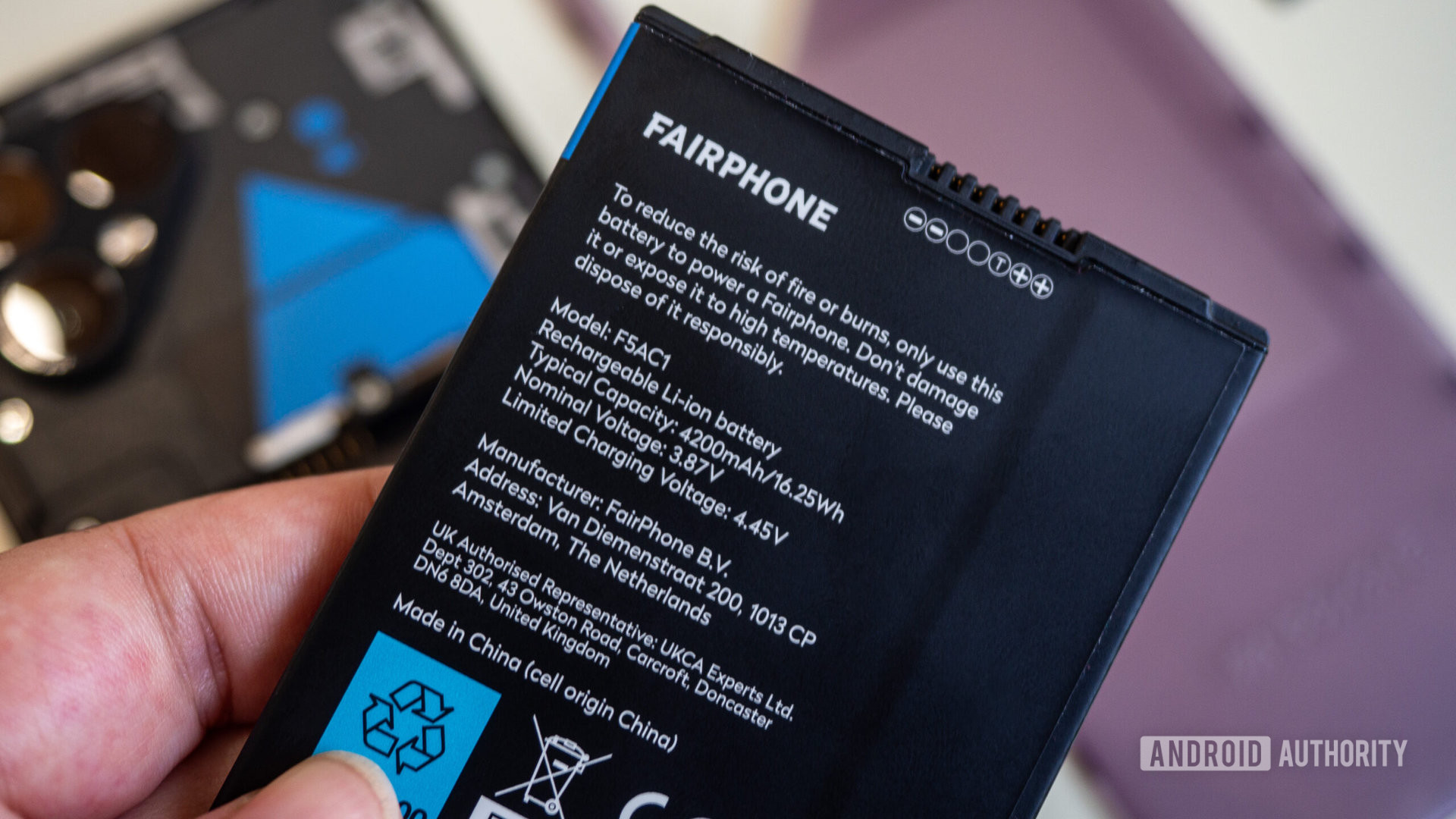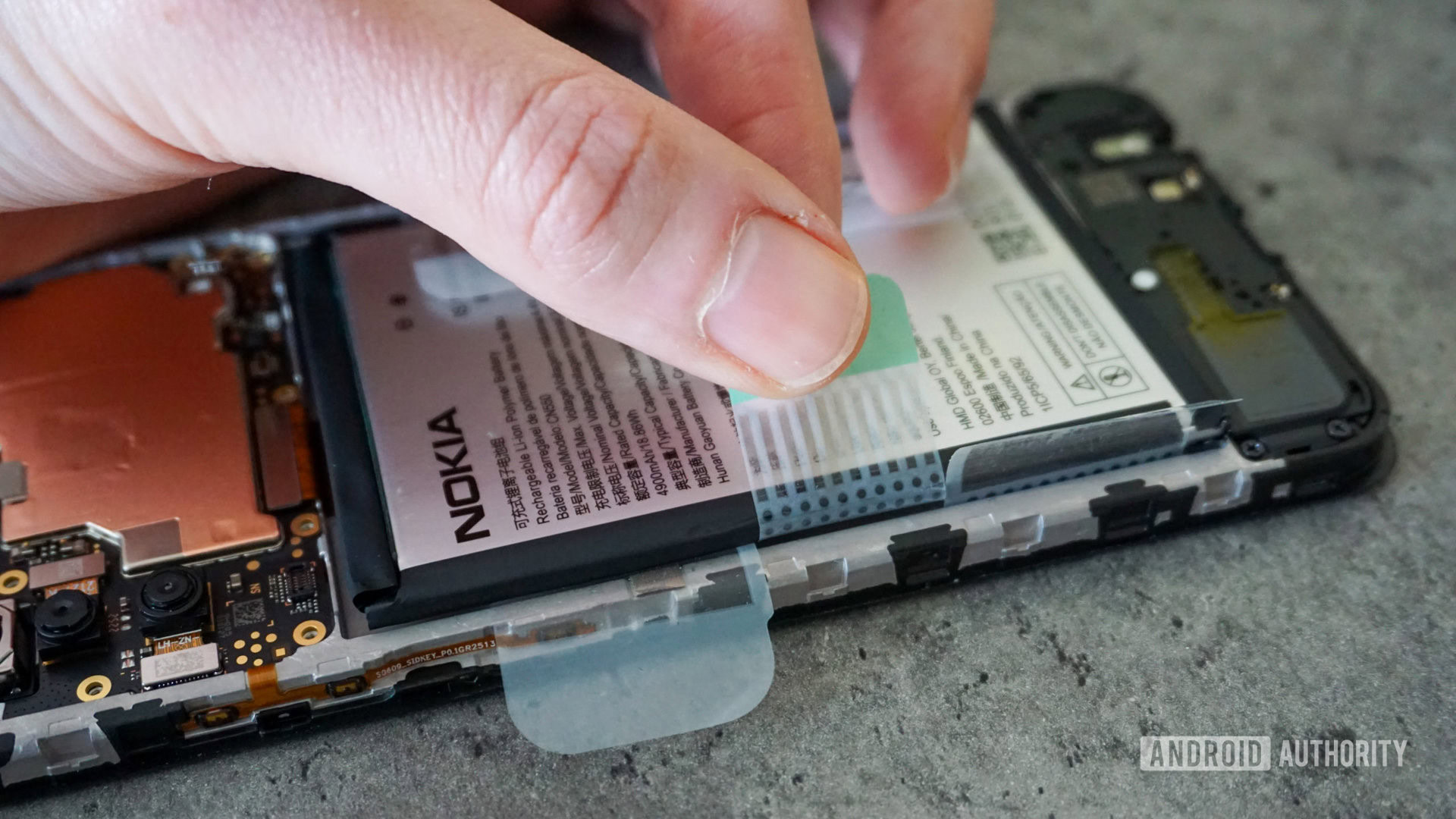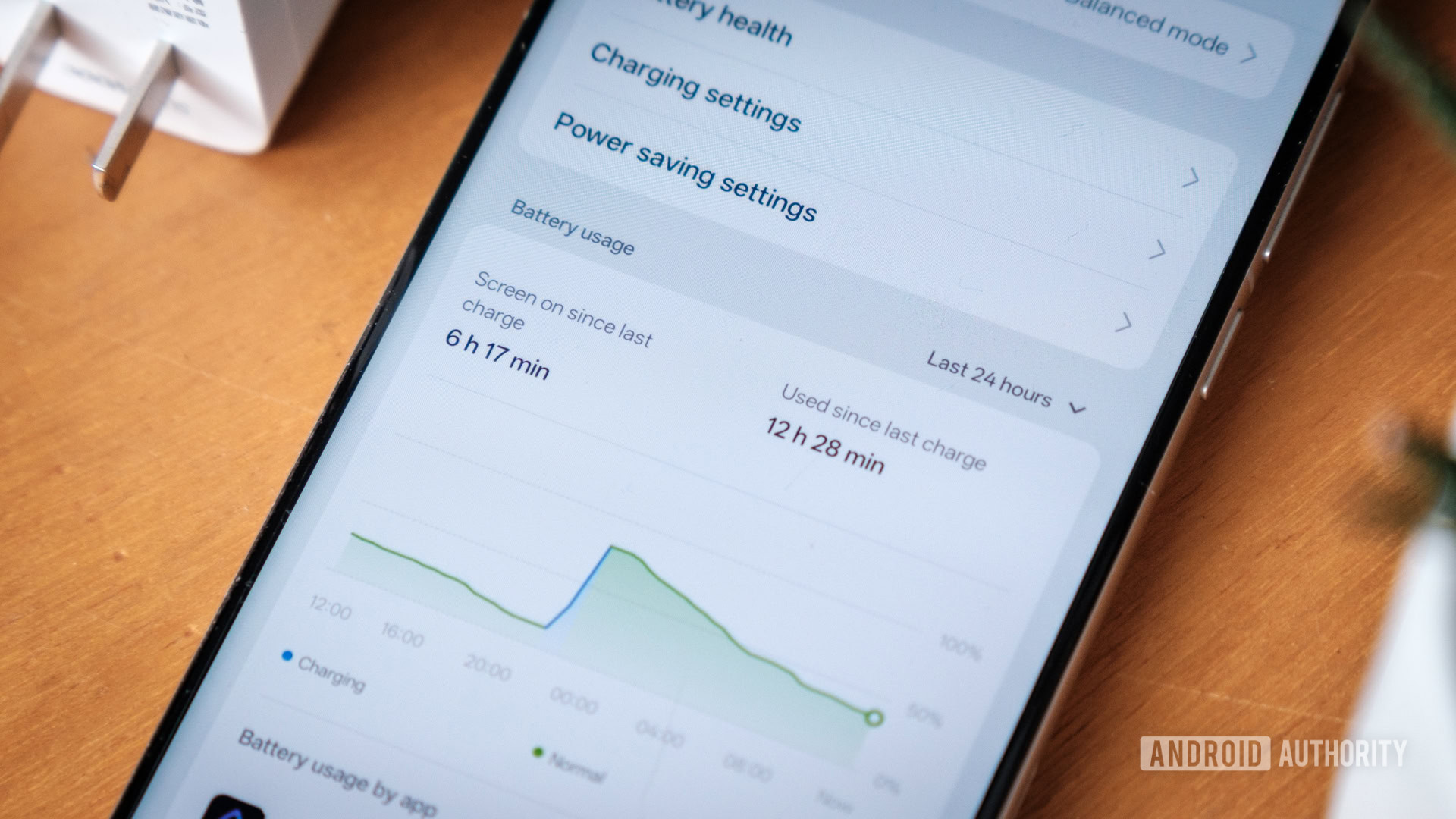Affiliate links on Android Authority may earn us a commission. Learn more.
Lithium-ion vs lithium-polymer batteries: What's the difference?
May 12, 2025

Lithium-ion (Li-ion) battery technology has historically been the power cell of choice, especially given that we’re always all looking to maximize our smartphone’s battery life. However, many modern phones now commonly feature lithium-polymer (Li-poly) batteries, a suitable alternative for a wide variety of consumer electronic gadgets. This certainly isn’t a fact to overlook, given lithium-ion battery’s rare run-in with overheating problems.
With battery safety and longevity high on some customers’ priority lists, it’s good to know the pros and cons of these two battery technologies. Here’s everything you need to know about lithium-ion vs lithium-polymer batteries.
How do lithium-ion (Li-ion) batteries work?

The trusty lithium-ion battery is the old industry workhorse and still in use today. The development of the technology began all the way back in 1912, but it didn’t gain popularity until its adoption by Sony in 1991. Since then, lithium-ion batteries have powered a wide range of gadgets, from portable cameras to music players and smartphones.
Lithium-ion has proven so successful due, in part, to its very high energy density, lack of the “memory effect” (where cells become more difficult to charge over time) unlike previous battery tech, and its comparably cheap cost of production.
These batteries are constructed from two positive and negative electrodes separated by a liquid chemical electrolyte, such as ethylene carbonate or diethyl carbonate. The chemical composition of this battery limits it to a mostly rectangular shape. Lithium-ion battery capacity decreases over charge cycles and even discharges when not in use, which isn’t ideal. Worse though, the chemical electrolyte can become unstable at extreme temperatures or if punctured, leading to a chain reaction known as “thermal runaway” that causes fires. However, I should stress this is very, very rare. Electronic controllers are often used to regulate charging and discharge power to prevent overheating.
How do lithium-polymer batteries work?
Lithium-polymer battery technology is newer than lithium-ion. It didn’t appear on the scene until the 1970s and has only made its way into smartphones much more recently. The technology has become increasingly popular in smartphones that make use of super fast charging technologies like USB Power Delivery. This is because Li-Poly tends to be a bit more robust than Li-Ion.
Lithium-polymer technology again uses a positive and negative electrode but with a dry solid, porous chemical, or gel-like electrolyte, rather than a liquid. As a result, polymer batteries can offer a lower profile, flexible, and more robust designs. They also have a lower chance of leaking electrolytes resulting in thermal runaway. In a nutshell, they’re a fair bit safer. However, they aren’t completely immune from issues arising from being punctured, stressed, or overheated.
A major drawback of this technology is a notably higher manufacturing cost, which means more expensive gadgets and smartphones compared to Li-ion. The lithium-polymer life cycle is also shorter and the batteries store less energy than the same-sized Li-ion. This isn’t so ideal if you want your product to be safe from premature battery degradation. These cells also still use protection circuits to keep voltages operating within safe limits even under stressful charging environments.
Lithium-ion (Li-ion) vs lithium-polymer (Li-poly): Key differences

Both battery types have their pros and cons. Generally speaking, lithium-ion batteries offer the highest capacities at the lowest prices. Handy if you want an inexpensive Android phone with the best battery life. Li-ion’s drawbacks are a gradual self-discharge, not that this matters too much for phones that are always on, and the tiny, but not zero potential for safety issues.
Li-poly is slightly safer, by comparison, which is particularly important in these days of super-fast charging technology. These batteries also have a very low self-discharge level, so won’t go flat when you’re not using them. However, this comes with a higher price tag, a shorter lifespan, and a lower capacity density. Although, the lightweight nature of lithium-polymer batteries results in an overall better energy density per kg.
Li-ion remains the top choice for many industries today, but we may see a gradual shift.
Overall, lithium-polymer is slowly replacing lithium-ion in the smartphone industry due to its superior safety, form factor versatility, and weight attributes in high-end and mid-tier devices. Although more affordable designs and handsets with very large cell capacities will likely stick with lithium-ion battery technology for a while longer.
That said, we may also see entirely different battery technologies end up in smartphones in the coming years. With the rising popularity of portable electronics and electric vehicles, manufacturers are investing millions of dollars into lithium-ion battery alternatives. In fact, silicon-carbon batteries have already made their way to several Android phones. This relatively new technology allows for much better energy density than traditional lithium-ion cells, allowing conventional smartphones to pack upwards of 6,000mAh batteries without increasing the overall thickness.
FAQs
Yes. Malfunction and damage are very rare, so lithium-ion battery technology is very safe to use. Especially if you avoid extreme heat and damaging the battery casing.
Yes. Lithium-polymer is even safer than lithium-ion, as there’s less risk of leaking the electrolytic component.
Yes. You should recycle rather than throw li-ion batteries away. You can often recycle these batteries at most local recycling centers and some stores such as The Home Depot and Lowe’s.
Yes. You should recycle rather than throw li-poly batteries away. You can often recycle these batteries at most local recycling centers and some stores such as The Home Depot and Lowe’s.
Thank you for being part of our community. Read our Comment Policy before posting.